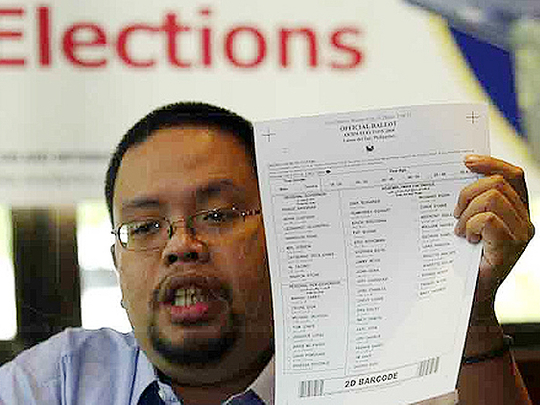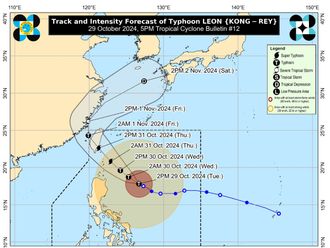
More than 50 million Philippines voters will choose a president, vice president, nearly 300 lawmakers in the two-chamber Congress, and more than 17,500 local government officials in the country's first automated polls on May 10.
Here are key facts about automated voting process:
• Voters will use a special pen to shade blank dots beside the names of the candidates instead of writing down candidates' names as before.
• An ordinary ballot would include an average 600 names of candidates for local and national positions.
• Ballots with erasures and extra markings will not be accepted by the counting machines.
• The election agency is not printing extra ballots for voters who make mistakes in casting their votes.
• The counting machines will automatically generate a tally of votes, which will be transmitted to servers at municipal, provincial and national election offices.
• Printed copies of the returns will be shared with the two major political parties, and an election watchdog headed by a church-based group will do a parallel quick count.
• The election returns from polling precincts, transmitted electronically, will be canvassed by a board at the municipal, city, provincial and national levels.
• Results are expected within two hours at the local levels and 36 hours at the national level.












